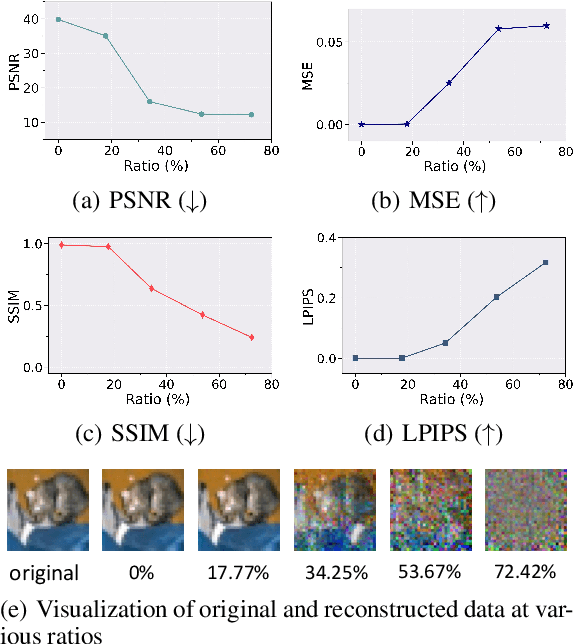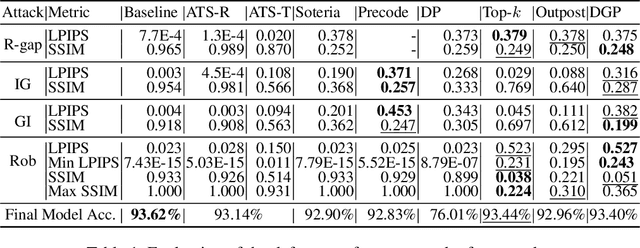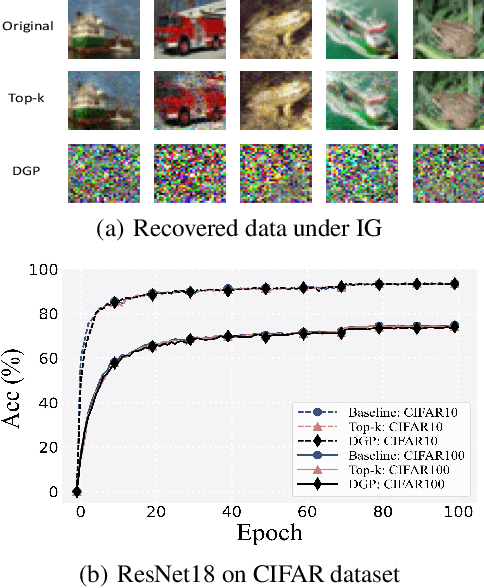Shengqing Hu
ViDTA: Enhanced Drug-Target Affinity Prediction via Virtual Graph Nodes and Attention-based Feature Fusion
Dec 27, 2024



Abstract:Drug-target interaction is fundamental in understanding how drugs affect biological systems, and accurately predicting drug-target affinity (DTA) is vital for drug discovery. Recently, deep learning methods have emerged as a significant approach for estimating the binding strength between drugs and target proteins. However, existing methods simply utilize the drug's local information from molecular topology rather than global information. Additionally, the features of drugs and proteins are usually fused with a simple concatenation operation, limiting their effectiveness. To address these challenges, we proposed ViDTA, an enhanced DTA prediction framework. We introduce virtual nodes into the Graph Neural Network (GNN)-based drug feature extraction network, which acts as a global memory to exchange messages more efficiently. By incorporating virtual graph nodes, we seamlessly integrate local and global features of drug molecular structures, expanding the GNN's receptive field. Additionally, we propose an attention-based linear feature fusion network for better capturing the interaction information between drugs and proteins. Experimental results evaluated on various benchmarks including Davis, Metz, and KIBA demonstrate that our proposed ViDTA outperforms the state-of-the-art baselines.
Revisiting Gradient Pruning: A Dual Realization for Defending against Gradient Attacks
Jan 30, 2024



Abstract:Collaborative learning (CL) is a distributed learning framework that aims to protect user privacy by allowing users to jointly train a model by sharing their gradient updates only. However, gradient inversion attacks (GIAs), which recover users' training data from shared gradients, impose severe privacy threats to CL. Existing defense methods adopt different techniques, e.g., differential privacy, cryptography, and perturbation defenses, to defend against the GIAs. Nevertheless, all current defense methods suffer from a poor trade-off between privacy, utility, and efficiency. To mitigate the weaknesses of existing solutions, we propose a novel defense method, Dual Gradient Pruning (DGP), based on gradient pruning, which can improve communication efficiency while preserving the utility and privacy of CL. Specifically, DGP slightly changes gradient pruning with a stronger privacy guarantee. And DGP can also significantly improve communication efficiency with a theoretical analysis of its convergence and generalization. Our extensive experiments show that DGP can effectively defend against the most powerful GIAs and reduce the communication cost without sacrificing the model's utility.
 Add to Chrome
Add to Chrome Add to Firefox
Add to Firefox Add to Edge
Add to Edge